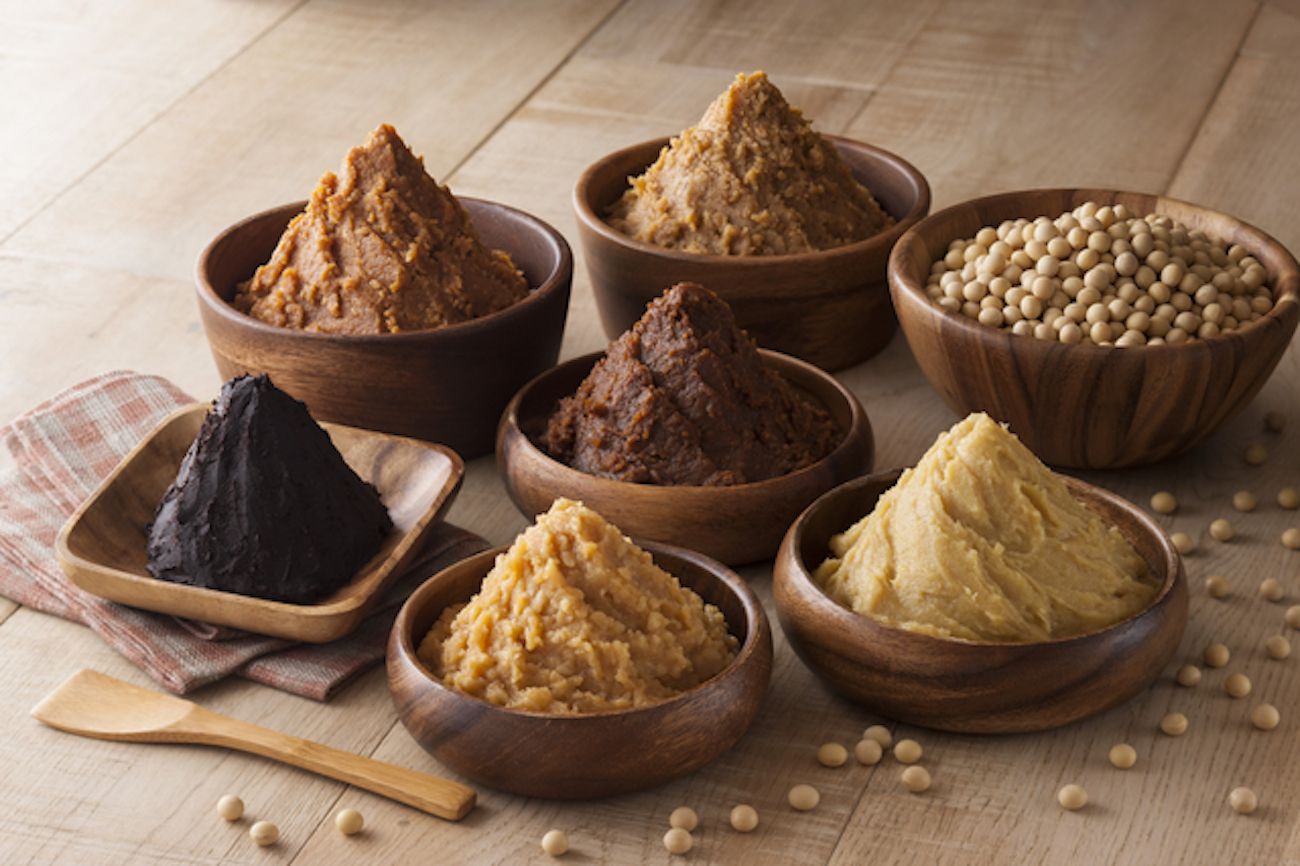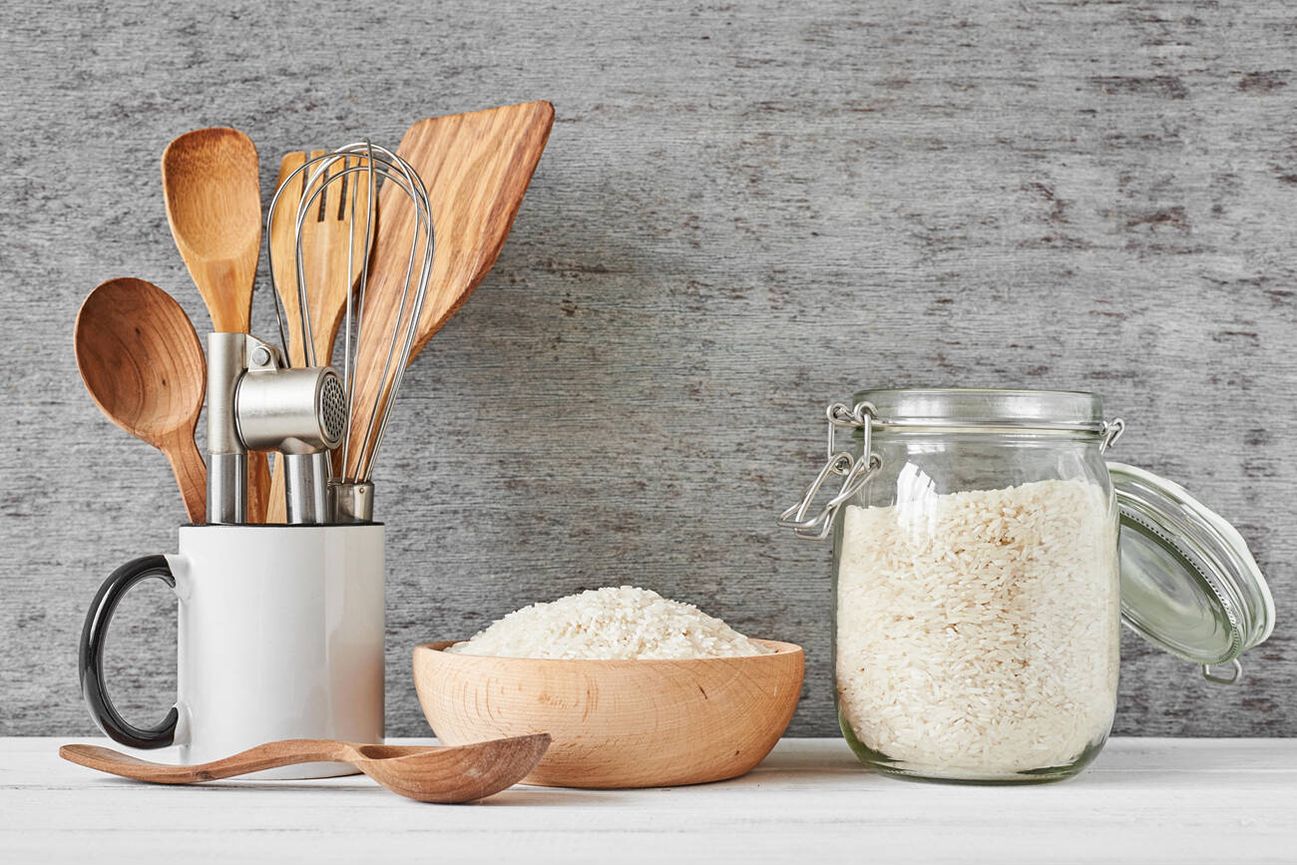
Banshu Somen: Fine Noodles for Fine Dining
Many people outside of Japan have had a toothsome bowl of ramen or udon noodles. However somen, a particular local summer favorite, is still something of a hidden gem for foodies to discover.
The ultra-fine noodles, which are 1.3mm or less in diameter, have a history that goes back 1200 years. At the time, somen was a luxury food, due to the need for highly refined wheat flour, and being time-consuming and tricky to make, , so was eaten only in palaces, aristocratic households and temples.

Somen comes in various grades and levels of thinness.
Fortunately, these days it has become a pantry staple. Being so thin, somen noodles cook within about 1 minute. The most common way for people in Japan to eat it is served cold and dipped in chilled mentsuyu (a noodle broth usually made from sake, mirin, soy sauce, kelp, and dried bonito flakes), a perfect dish for Japan’s sweltering summer months. Recently the noodles have started to come to the attention of visitors to Japan, who flock to try a truly only-in-Japan experience: nagashi somen. Literally meaning “flowing noodles,” diners eat outside and catch somen as it flows through cold, pure water down a bamboo chute. The smooth texture of the noodles and saltiness of the cool dipping sauce are one of the flavors of summer.
While the dish is now eaten all around the country, there are three major areas of somen production in Japan, with the Banshu region in Hyogo Prefecture being renowned as the home of Ibonoito, the country’s top-selling handmade somen maker.
The somen-making tradition of the Banshu region started around 600 years ago, and today there are still 10 companies that create the fine noodles, coming together to share their creations with the world through the Banshu Noodle Export Association.
Masahiro Moriguchi is one of the members of the association, and also heads Moriguchi Seifun Seimen, a noodle manufacturer that has been in business since 1877. He explains the reasons behind the region’s close association with the dish.

Masahiro Moriguchi of Moriguchi Seifun Seimen, proudly posing by some of his drying somen.
“The Banshu region is an ideal place for making somen. There is a long tradition of growing wheat, the main ingredient, and we are also ideally located for bringing in high quality sea salt from nearby Ako. These are mixed with water from the Ibogawa River, which is pure and clear. The weather is also usually crisp, with minimal rain and snow, which is important for the drying process.”

The Ibogawa River that flows through the Banshu region, from which Ibonoito somen gets its name.
But the real secret to Banshu somen’s quality is the people who make it. For over 600 years locals have been creating Ibonoito somen, working cooperatively and with passion to ensure the noodles are of top quality. “Somen used to only be made during the winter, and was a job for farmers during the cold season,” he explains. As the noodles were destined for the table of daimyo lords or guests at temples, their somen had to be perfect, “and there was a strong imperative for the teams’ work to be up to scratch!” Moriguchi chuckles.
While at first glance it may appear that somen is simply a thinner version of udon, the process of making these vermicelli-like noodles is entirely different. “Unlike udon, which is made by cutting dough into strips, somen is made by slowly stretching out the dough,” he notes. “This makes the noodles much thinner, soft and wonderful to slurp.”

While both somen and udon are made from wheat, the latter’s noodles are much thicker.
Until about 100 years ago the fine noodles of Banshu were made using the tenobe (hand-pulling) method.
The dough was mixed and shaped into a 10cm wide rope, which was then slowly hand-pulled, allowing the dough to rest for a few hours between each pull, until the noodles were 1mm wide. The process took about two days to complete, before hanging up the noodles to dry for about half a day.

Wide ropes of dough are slowly stretched into 0.8~1.3mm wide noodles.

The thin noodles are carefully hung up to dry for 5~6 hours. ((C)Getty Images)
While most of the companies use machines to keep up with modern day demand for their top-quality noodles, the know-how and obsession with perfection that does into hand stretched noodles is also brought to the versions made by machine, ensuring that each mouthful is silky smooth, while still having a perfect gently snap when diners bite into the noodles.
Moriguchi says that the pure flavor and silkiness of somen makes it perfect for adapting to any kind of cuisine. “Somen works well in everything, added into soup, topped with a variety of sauces, even stir fried,” he explains. “It is a wonderfully adaptable ingredient, so that people can adjust the flavorings to suit their own preferences.”
He mentions a couple tips to ensure that the noodles come out perfectly every time. “Somen cooks surprisingly quickly, so make sure to set a timer to the exact cooking time stated on the package once you add the noodles to a pot of boiling water. Drain them quickly, and then thoroughly rinse the cooked noodles in cold water, using your hands to knead them and get rid of any oil or glutinous residue. This makes sure you will get nicely silky, springy noodles.”

Timing the cooking time of the noodles and carefully washing them in cold water once drained ensure that your somen will come out perfectly each time.
On the Banshu Somen website they provide a variety of inspiring recipes, ranging from simple, refreshing noodle salads, to spicy variations topped with meat, and even ideas for desserts. “My personal favorite way to eat somen is with a sumiso (miso and vinegar) and sesame dressing. You can add veggies if you like, but I just eat it as is,” laughs Moriguchi.

Somen work great for South East Asian dishes too.
Thanks to the simple ingredients and use of cottonseed oil to coat the dough before stretching, somen are a naturally vegan, kosher and halal food. “And we have also started producing gluten-free versions made from rice flour,” Moriguchi states, ensuring that even those with gluten or wheat intolerances can enjoy their lovingly crafted noodles.
“Banshu has a long history of striving to make the very best somen possible, and we want people all around the world to enjoy these noodles,” he concludes. “We would love to see people experiment freely, adjusting the flavorings to local preferences, and savoring this Japanese taste from Banshu.”
- Banshu Noodle Export Association Website:
- https://banshu-noodle.jp/en/
Top recommendations from Banshu’s noodle makers

- Somen Noodle For Salad(Itomen)
- These extra short noodles are perfect for adding to salad, mixing in well with veggies and dressing to give your dishes an extra bit of pizzazz.

- Whole Wheat-Flour Somen(Kanesu)
- For health-conscious foodies, be sure to try this version of somen that incorporates whole wheat, while still retaining the noodles’ trademark silkiness.

- No-Salt Somen(Harima)
- Even those on a strict low sodium diet can enjoy Banshu somen thanks to these innovative noodles, made entirely without salt from Japan-grown wheat.

- Ibonoito Tenobe Somen-Black Belt (Takata Syouten)
- Globally recognized for their exceptional taste, appearance, aroma, and texture, these ultra-thin noodles are silky smooth and have a deep wheat flavor.

- Banshu Somen Kinushigure(Yokoo)
- While made by machine, these fine noodles have the same pleasant bounce and mouthfeel of the hand pulled variety.

- Banshu Somen Ryubin(Moriguchi Seifun Seimen)
- Made without oil, these noodles get their inimitable flavor from careful aging and drying, giving them a smooth texture.

- Banshu Somen(made with domestic wheat)(Tabuchi Seifun Seimen)
- Made entirely from domestically produced ingredients, these chewy noodles were created to bring a real taste of Japan to noodle lovers around the world.

- Banshu Somen(TOA Food Industrial)
- The good bite and smooth texture of this somen makes is a popular option, and it is even certified halal!

- Ibonoito Shinbaku(Hyogo Prefecture Tenobe Somen Cooperative)
- These hand stretched noodles are made from 100% Hokkaido wheat and are a little thicker than usual, so diners can experience the pleasant snap of the chewy noodles.

- Koshi Jiman Somen(Takao Seifun Seimen)
- With an elasticity and snap very similar to that of handmade somen, these fine noodles make an ideal quick meal any time.






